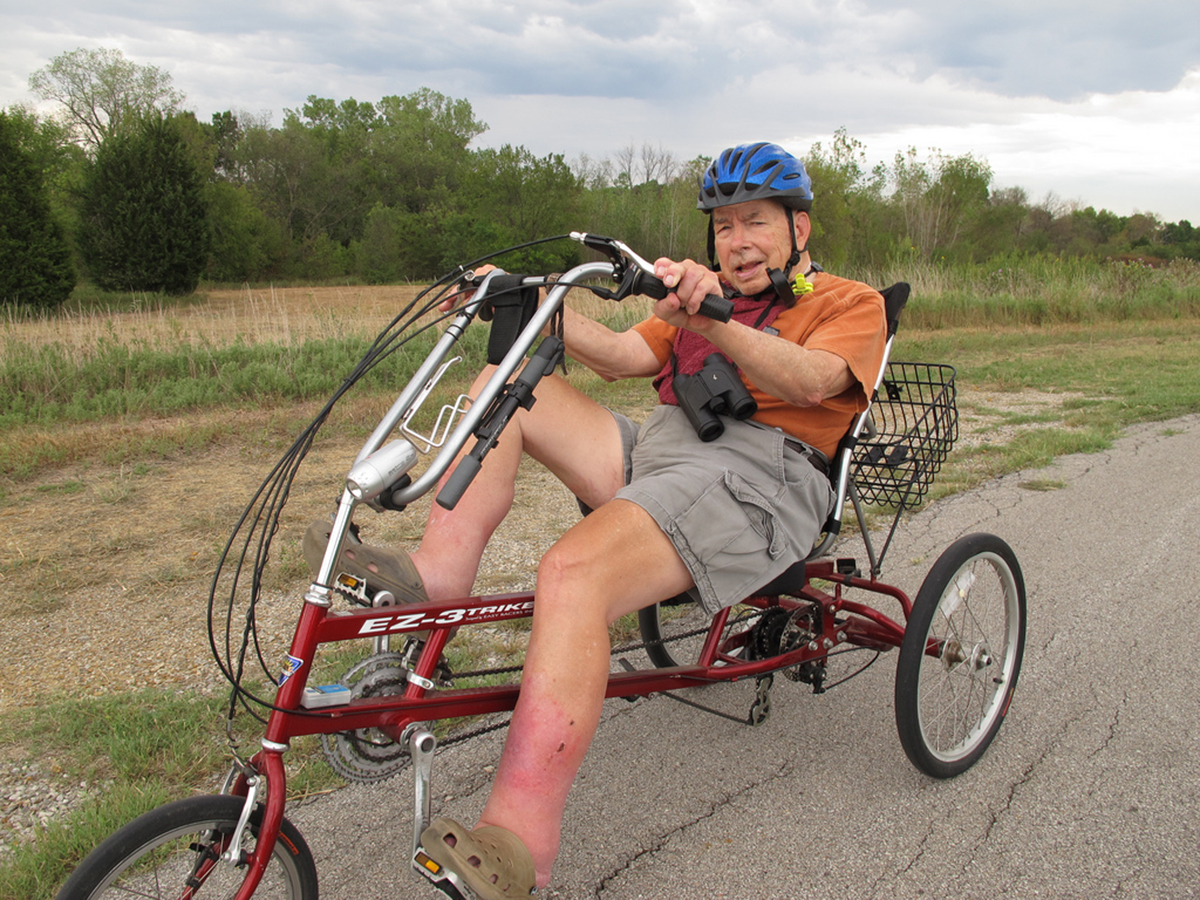Table of Contents
What is a Parkinson's Disease? What causes the disease? How does it affect the people suffering from it? Parkinson's Disease is one of the most common diseases affecting the movement and the neurologic system amongst the elderly. Despite the fact of the motor affection, it is now well known that the effects lie beyond motor abilities, as autonomic functions such as sleep, mood, cognition, gastrointestinal system and some others are also greatly impaired.

First Insights
This disorder was firstly described and recognized as “Shaking Palsy” by Dr. James Parkinson in the early 19thcentury, although its symptoms had been known for centuries.
What goes wrong in PD? The Central Nervous System is responsible of coordinating the function of the human body, including movement. Therefore, the brain contains certain areas specialized in particular functions. One of the main motor areas is the basal ganglia, in which the dopaminergic neurons are the ones responsible of dopamine production. This special chemical, also called neurotransmitter, is essential for transmitting the impulse to produce the voluntary movement.
Furthermore, there are some patients with further defects. In these patients, besides the loss of the dopaminergic neurons, some toxic aggregations are present within neurons. These aggregations are called "Lewy Bodies" which are believed to cause damage in the brain. It remains elusive how these aggregations can actually damage the neurons in which they are present.
What causes PD? Parkinson's Disease is a multifactorial disease, meaning that there are several factors involved in its development. About 2-5 percent of the cases are familial because the cause is a defect in a specific gene. Thus, the chance of developing the disease increases from 25-50% depending on the specific defect.
See Also: Natural Remedies for Parkinson's Disease
Some environmental agents that have been associated as risk factors are pesticides, living in a rural area, working in printing plants, mines, and other chemicals. Diabetes, high fat intake, migraine or severe headaches during midlife, the aging process and lack of activity have been also implicated but there is not enough evidence to prove a direct link with the development of PD.
Crucial Clinical Diagnosis: The Challenge
The main signs and symptoms of PD appear in the 6th decade of life and in rare cases, mainly familial, the disease develops during early adulthood.
The presence of these symptoms is fundamental for the diagnosis, and they are usually detected several years or even decades after the neuronal death started.
Non-motor symptoms are also an important feature of the disease. The main symptoms are a reduced sense of smell, constipation, visual hallucinations, bladder frequency and/or urgency, dribbling of saliva, mood affection and dementia. Patients with PD start to develop these non-motor features before the motor stage appears.
Diverse clinical presentation in some patients with Parkinson's complicate the clinical diagnosis and most of the time the appropriate therapy is not applied. Sadly, in some cases, the definitive diagnosis is post-mortem by studying the patient's brain.
- Photo courtesy of OakleyOriginals by Flickr: www.flickr.com/photos/oakleyoriginals/7944244598
- Photo courtesy of Enzymlogic by Flickr: www.flickr.com/photos/101755654@N08/11877025676

